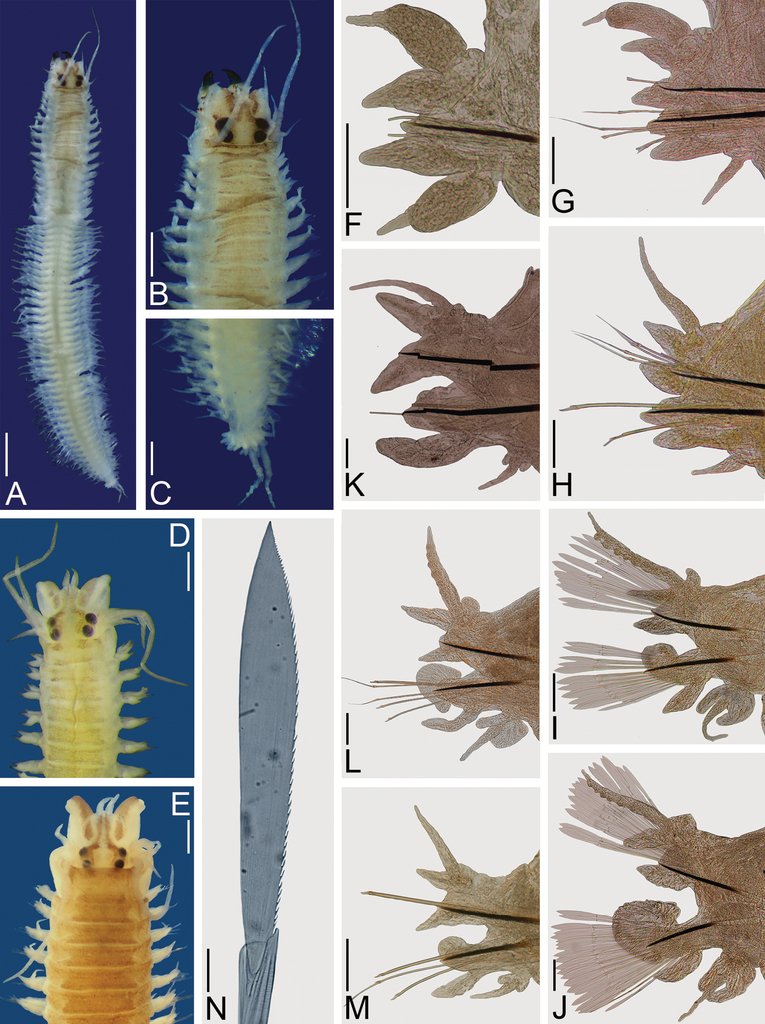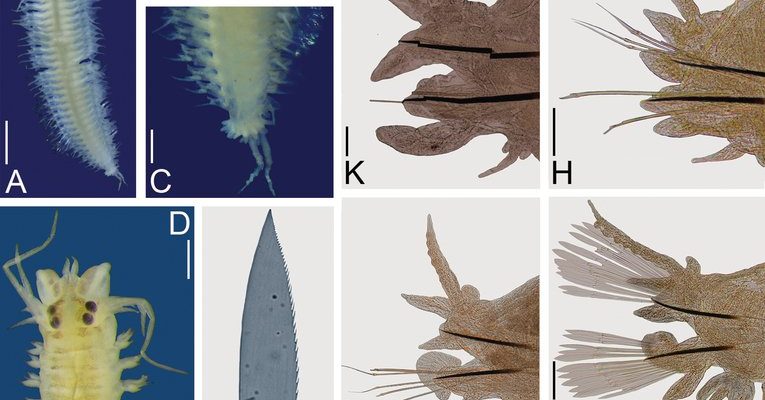
Nereis virens, often referred to as the green sea worm, is more than just a simple worm; it’s a vital part of marine ecosystems, particularly in coastal areas. Like a skilled actor in a supporting role, it’s not always in the spotlight, but without it, the show wouldn’t go on. Let’s dive into where this fascinating worm can be found, exploring its global presence and the habitats it thrives in.
What is Nereis Virens?
Nereis virens is a member of the Nereididae family, which is packed with various marine worms. These creatures are known for their segmented bodies and bristle-covered appendages, which help them move through sand and mud. Think of them as the underwater janitors, cleaning up the ocean floor and aiding in nutrient cycling.
They can grow up to 15-20 cm long, and their striking green color comes from a pigment called chlorocruorin, similar to hemoglobin in humans. This color not only helps in identifying them but also allows them to thrive in low-oxygen environments. Just picture a tiny green snake moving gracefully through the sand; it’s like nature’s very own hot rod.
Global Distribution of Nereis Virens
Nereis virens can be found in both the North Atlantic and North Pacific Oceans. Their range stretches from the cold waters of Canada down to the warmer coasts of Virginia and even across the pond to Europe, reaching as far south as the Iberian Peninsula. Isn’t it impressive how such a small creature can travel such big distances?
Typically, these worms prefer shallow waters, often making their homes in intertidal zones and estuaries. They love sandy and muddy substrates where they can easily burrow and hide from predators. You could almost think of them as introverts, choosing the cozy confines of their sandy apartments over the bustling waves of the open ocean.
Habitat Preferences
Nereis virens are adaptable creatures, but their favorite hangouts often include:
- Intertidal Zones: These are areas that are underwater during high tide and exposed during low tide.
- Estuaries: Where fresh and saltwater mix. This environment is rich in nutrients, making it like a buffet for marine life.
- Shallow Coastal Waters: Here, they can find plenty of food and make comfortable homes in the soft substrate.
These habitats are essential not just for Nereis virens but for a wide variety of marine life. By burrowing into the sediment, they help aerate the soil, allowing nutrients to circulate and benefiting other organisms. Think of them as nature’s gardeners, carefully tending to their underwater gardens.
Importance of Nereis Virens in Ecosystems
Nereis virens serve multiple functions in their ecosystems. First off, they play a crucial role in the food web. Many fish, birds, and other sea creatures rely on them as a food source. It’s like they’re the unsung heroes of the marine world; without them, countless species might struggle to survive.
Additionally, their burrowing helps keep the ocean floor healthy. As they dig through the sediment, they mix it up and help decompose organic matter. This not only recycles nutrients but also supports the growth of phytoplankton—a key player in the oceanic food chain.
Here’s the thing: the health of Nereis virens directly impacts the overall health of their marine environment. When populations decline due to pollution or habitat destruction, the entire ecosystem can suffer. It’s a ripple effect, and every small creature counts.
Threats to Nereis Virens
Sadly, Nereis virens face several threats that can impact their populations and habitats. Some of the major challenges include:
- Pollution: Chemicals and waste entering the ocean can degrade their habitats and make them unsafe for survival.
- Habitat Destruction: Coastal development and dredging can destroy the soft substrates these worms rely on.
- Climate Change: Rising sea temperatures and ocean acidification can alter their environments and disrupt their lifecycle.
Each of these threats can lead to reduced numbers of Nereis virens, which can have a domino effect on the entire marine ecosystem. It’s a reminder of how interconnected everything is in nature.
Conservation Efforts
With the threats facing Nereis virens, conservation efforts are becoming increasingly important. Protecting their habitats is key to ensuring their survival, and several strategies are already in play:
- Protected Areas: Establishing marine protected zones helps safeguard important habitats from development and pollution.
- Regulations on Pollutants: Reducing the use of harmful chemicals and promoting cleaner practices can greatly benefit marine life.
- Public Awareness: Educating communities about the importance of biodiversity can motivate action and support for conservation efforts.
Honestly, every small step counts. Whether it’s participating in local clean-ups or advocating for policy changes, individuals can make a difference in preserving the habitats that Nereis virens and countless other marine creatures call home.
Nereis virens may not be the most glamorous creature in the ocean, but they play a vital role in maintaining healthy marine ecosystems. With their documented range and distribution spanning across oceans, it’s clear that they are more than just a worm; they’re essential players in the bigger picture of life under the sea.
By understanding their habitats, the challenges they face, and the importance of their role, we can better appreciate the marine world. So the next time you stroll along the beach, remember that these tiny green worms are doing their part to keep the ocean thriving, just beneath your feet.

